The Craftsmanship of Tswana Dresses Keeping Botswana’s Legacy Alive
The Craftsmanship of Tswana Dresses making Keeping Botswana’s Legacy Alive
 The art of Tswana dresses making may be a and indispensably portion of Botswana’s social legacy. With its wealthy history and one of a kind plans, Tswana dressmaking has gotten to be a image of national character and pride. This conventional make has been passed down through eras, keeping lively the customs and conventions of the Tswana Dresses individuals. In this article, we’ll investigate the importance of Tswana dressmaking, its impact on Botswana’s legacy, and the method of making these lovely articles of clothing. Connect us as we celebrate the aestheticness and inventiveness that keeps Tswana dressmaking lively and thriving.
The art of Tswana dresses making may be a and indispensably portion of Botswana’s social legacy. With its wealthy history and one of a kind plans, Tswana dressmaking has gotten to be a image of national character and pride. This conventional make has been passed down through eras, keeping lively the customs and conventions of the Tswana Dresses individuals. In this article, we’ll investigate the importance of Tswana dressmaking, its impact on Botswana’s legacy, and the method of making these lovely articles of clothing. Connect us as we celebrate the aestheticness and inventiveness that keeps Tswana dressmaking lively and thriving.
Impact of Tswana dresses making on Botswana’s heritage
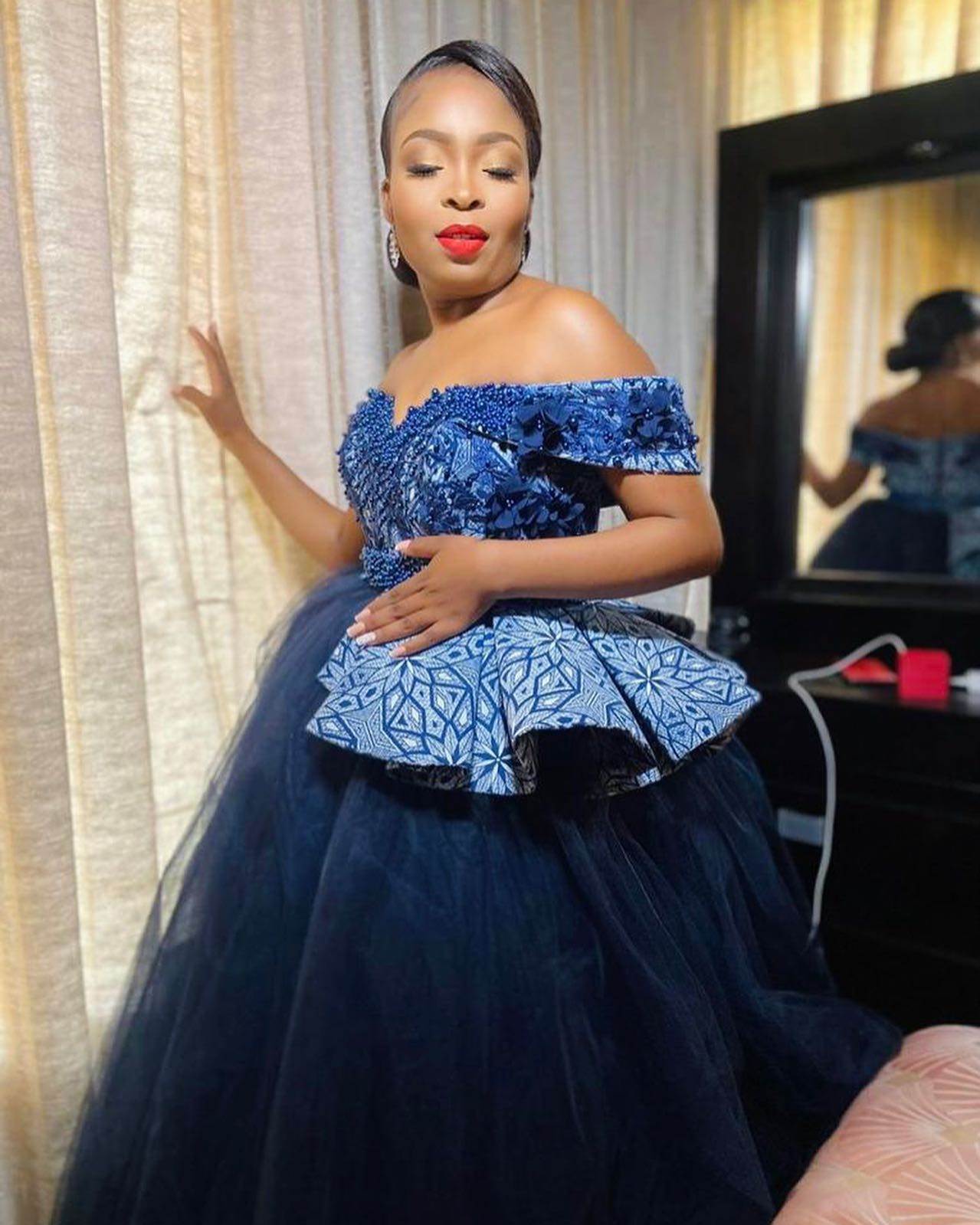 Tswana dressmaking plays a pivotal part in protecting and advancing Botswana’s wealthy social legacy. It serves as a visual representation of the nation’s character, conventions, and values. The imaginativeness and craftsmanship of Tswana clothing are profoundly imbued within the country’s history and proceed to be passed down through eras. By exhibiting the excellence and noteworthiness of Tswana dress, this craftsmanship shape keeps Botswana’s legacy lively and reinforces the sense of pride and having a place among its people.
Tswana dressmaking plays a pivotal part in protecting and advancing Botswana’s wealthy social legacy. It serves as a visual representation of the nation’s character, conventions, and values. The imaginativeness and craftsmanship of Tswana clothing are profoundly imbued within the country’s history and proceed to be passed down through eras. By exhibiting the excellence and noteworthiness of Tswana dress, this craftsmanship shape keeps Botswana’s legacy lively and reinforces the sense of pride and having a place among its people.
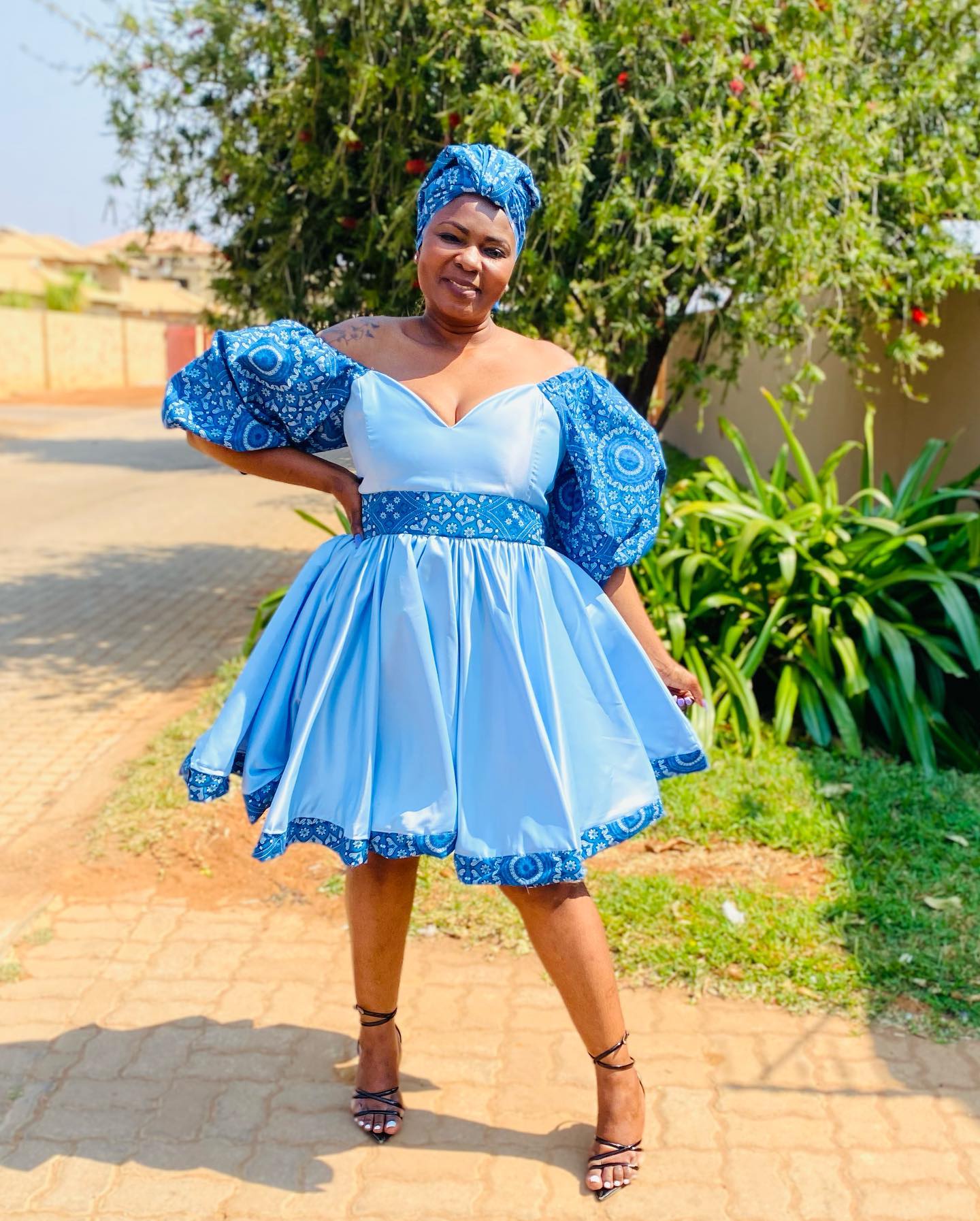
Conventional Tswana Dresses Styles
 The Craftsmanship of Tswana Dressmaking: Keeping Botswana’s Legacy Lively
The Craftsmanship of Tswana Dressmaking: Keeping Botswana’s Legacy Lively
Conventional Tswana dress styles grandstand the wealthy social legacy of Botswana. For ladies, the conventional clothing regularly incorporates a long, creased skirt called a “leteisi” or “fisadi” matched with a coordinating pullover and a colorful scarf known as a “mosese.” Men frequently wear a coordinating shirt and trousers, together with a sleeveless vest called a “letelele” or a “kaross” made from creature cover up. These conventional styles join dynamic colors, complicated designs, and one of a kind extras that speak to the conventions and values of the Tswana people.
Tswana conventional clothing for women
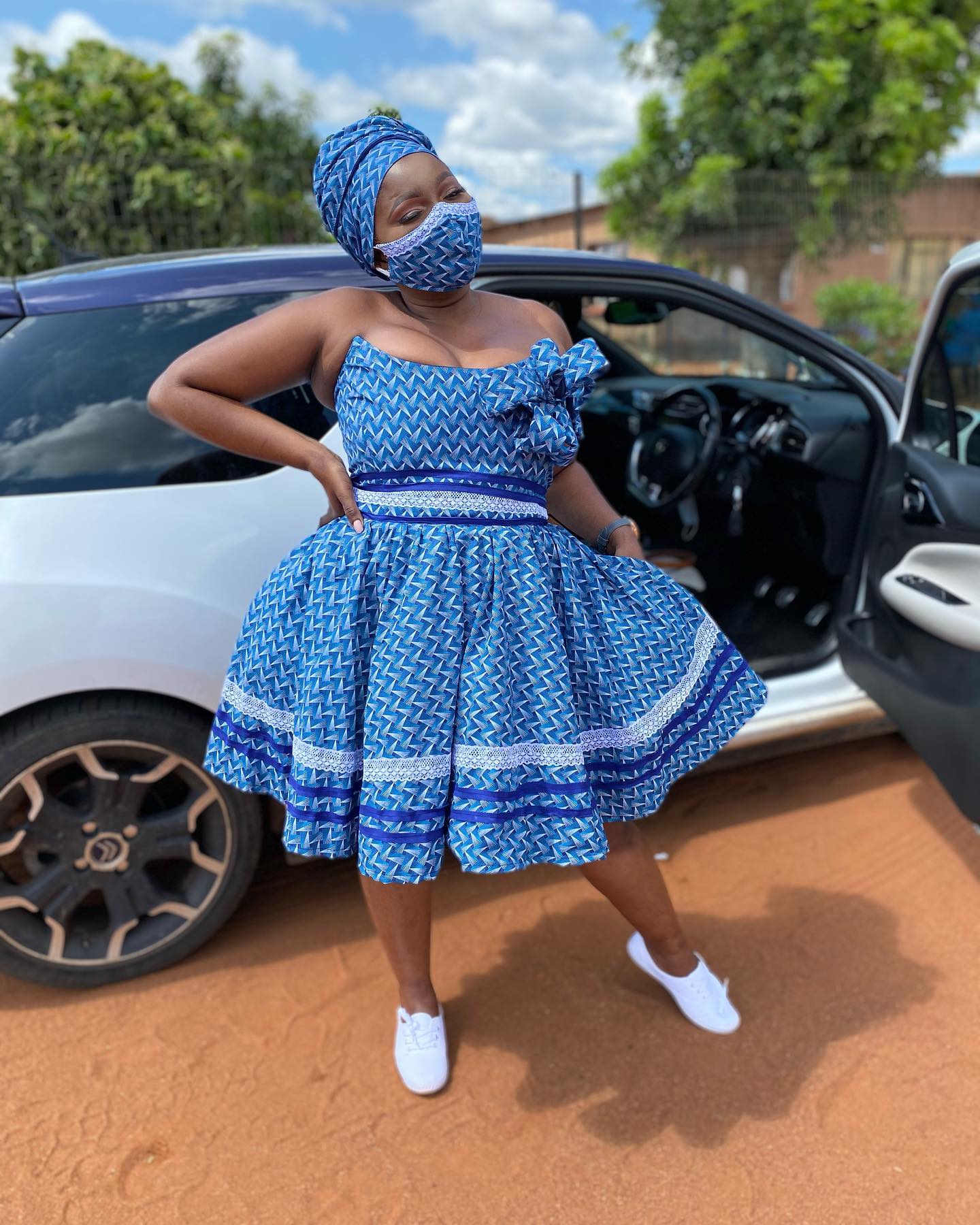 Tswana conventional clothing for ladies is characterized by a long, creased skirt called a “leteisi” or “fisadi” embellished with dynamic colors and complex designs. Combined with a coordinating pullover and a colorful band known as a “mosese,” these outfits ooze class and womanliness. The traditional dress reflects the social values and personality of Tswana ladies, and is gladly worn for uncommon events and celebrations.
Tswana conventional clothing for ladies is characterized by a long, creased skirt called a “leteisi” or “fisadi” embellished with dynamic colors and complex designs. Combined with a coordinating pullover and a colorful band known as a “mosese,” these outfits ooze class and womanliness. The traditional dress reflects the social values and personality of Tswana ladies, and is gladly worn for uncommon events and celebrations.
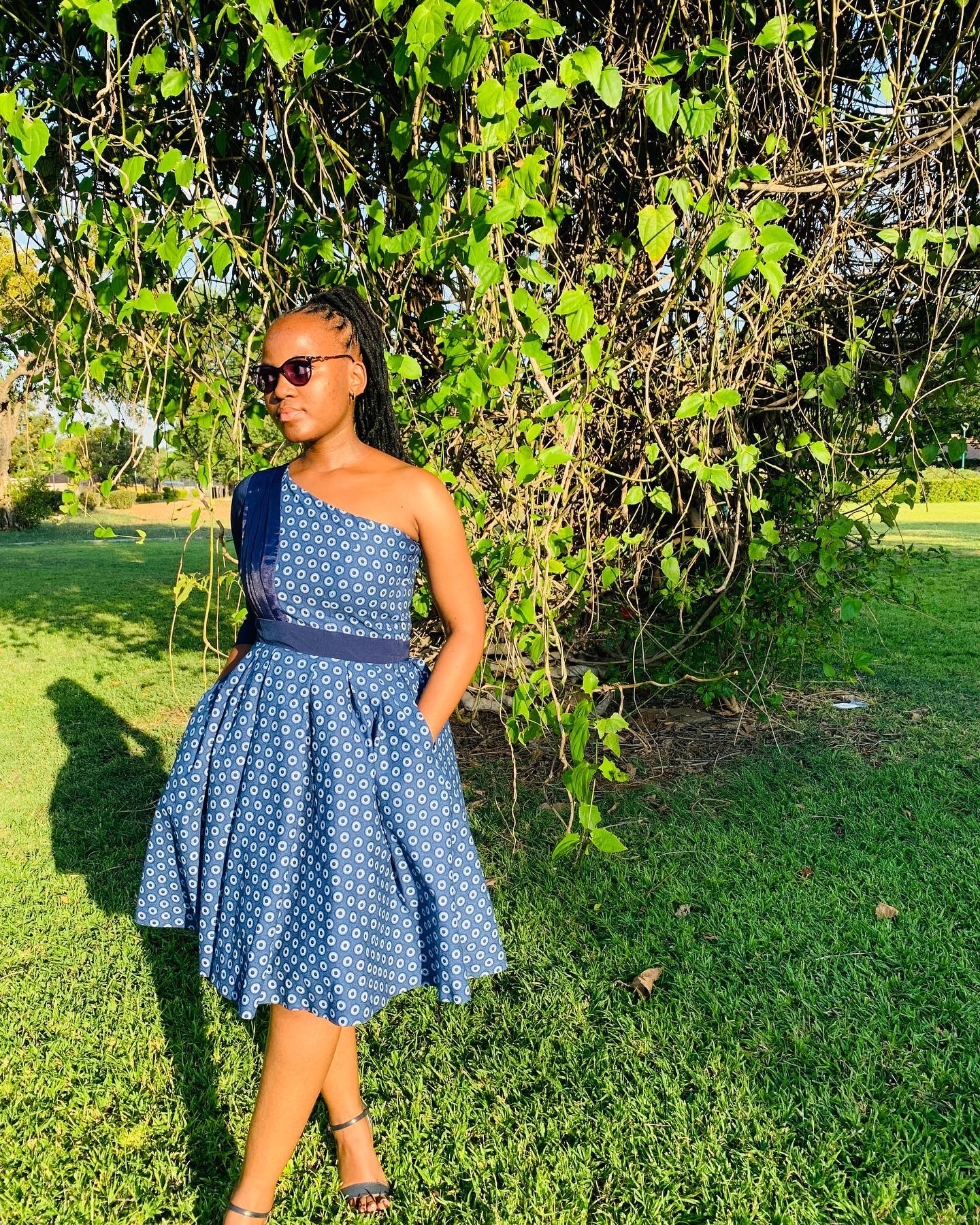 The prepare of Tswana dressmaking includes a arrangement of meticulous steps to make the dynamic and in vogue conventional clothing. Gifted artisans carefully select and cut the texture, sew the perplexing designs, and include embellishments. The pieces of clothing are at that point custom fitted to fit each individual’s body estimations, guaranteeing a culminate fit. This handle requires accuracy, consideration to detail, and a deep understanding of the social importance of Tswana dress. Tswana dressmakers take awesome pride in their craftsmanship, as they play a crucial part in protecting Botswana’s wealthy social legacy through their creations.
The prepare of Tswana dressmaking includes a arrangement of meticulous steps to make the dynamic and in vogue conventional clothing. Gifted artisans carefully select and cut the texture, sew the perplexing designs, and include embellishments. The pieces of clothing are at that point custom fitted to fit each individual’s body estimations, guaranteeing a culminate fit. This handle requires accuracy, consideration to detail, and a deep understanding of the social importance of Tswana dress. Tswana dressmakers take awesome pride in their craftsmanship, as they play a crucial part in protecting Botswana’s wealthy social legacy through their creations.
![]() The Craftsmanship of Tswana Dresses making: Keeping Botswana’s Legacy Lively
The Craftsmanship of Tswana Dresses making: Keeping Botswana’s Legacy Lively
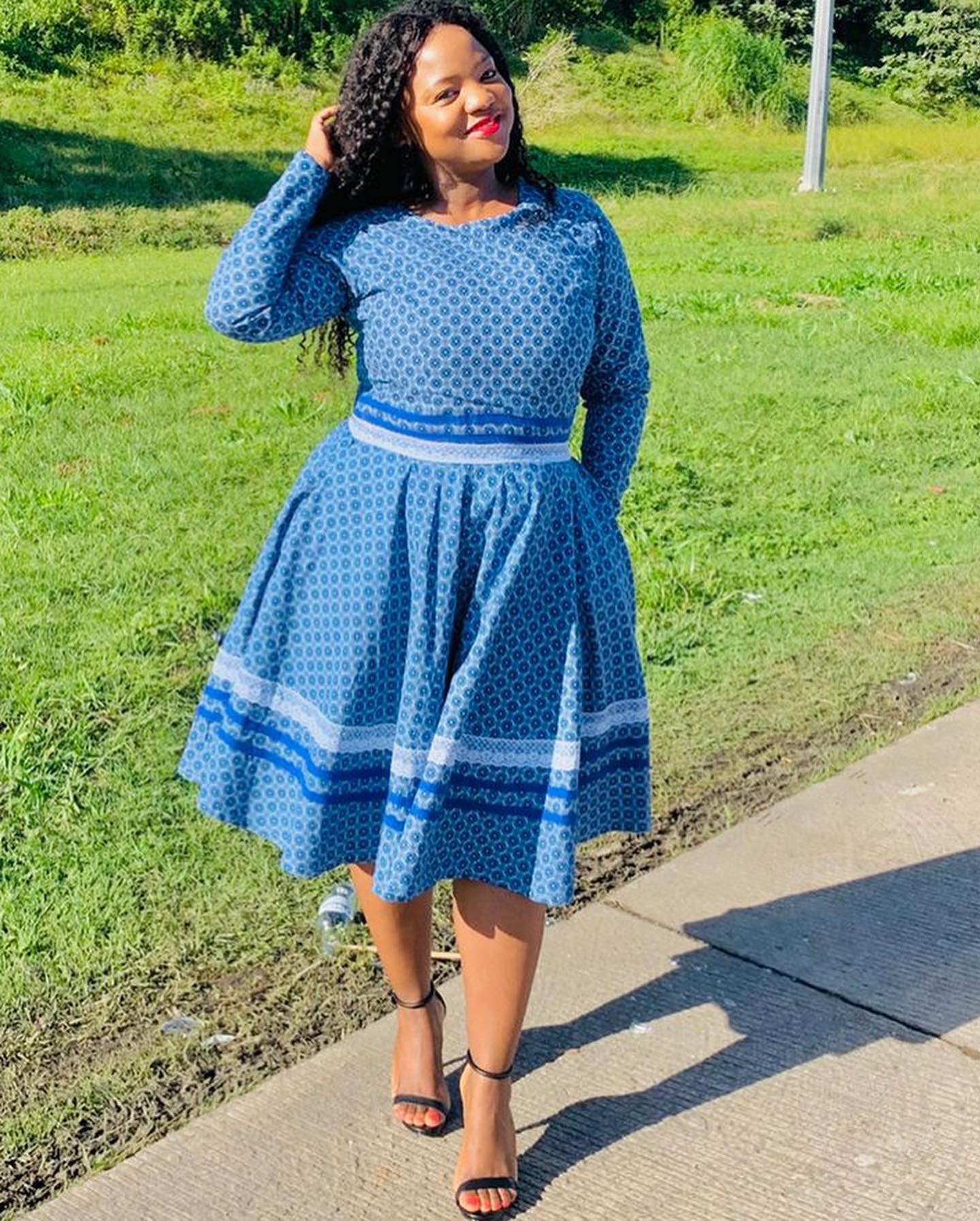 Materials utilized in Tswana dressmaking
Materials utilized in Tswana dressmaking
Tswana dressmakers utilize a assortment of materials to make their beautiful articles of clothing. The essential texture utilized is known as “letshego,” which may be a handwoven cotton fabric. Other materials such as silk, glossy silk, and bind may be utilized for more expand plans. Also, dots, shells, and cowrie shells are frequently consolidated as embellishments to include assist multifaceted nature and social noteworthiness to the clothing. The cautious determination of these materials guarantees that Tswana dresses are not only visually stunning but moreover tough and comfortable to wear.
 The Craftsmanship of Tswana Dresses making: Keeping Botswana’s Legacy Lively
The Craftsmanship of Tswana Dresses making: Keeping Botswana’s Legacy Lively
Comments are closed.